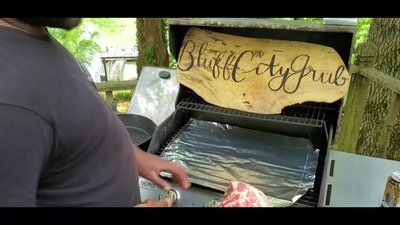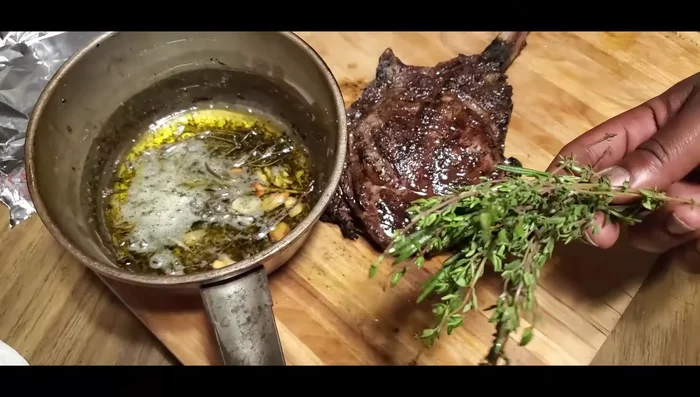The sizzle of a perfectly seared ribeye, the tantalizing aroma of smoky char – there’s nothing quite like a tomahawk steak cooked to perfection. But achieving that coveted, juicy, tender result on a gas grill can feel daunting. The large bone-in cut requires a nuanced approach to avoid overcooking the meat while ensuring a beautiful crust. Too often, ambitious grill masters end up with a dry, disappointing outcome, a culinary tragedy that could have easily been avoided. This delicious cut deserves respect, and with the right techniques, it can deliver an unforgettable grilling experience.
This article will equip you with the knowledge to master the art of grilling a perfect tomahawk ribeye on your gas grill, transforming it from a potentially intimidating challenge into a triumphant feast. Get ready to learn three expert tips that will guide you through every step, from preparation to presentation, ensuring a restaurant-quality steak right in your backyard. Let's dive into the step-by-step process and unlock the secrets to grilling perfection.
Preparation and Safety Guidelines
- Gas Grill
- Kosher Salt
- Pepper
- Garlic
- Butter
- Fresh Herbs (Parsley, Thyme, Rosemary)
- Meat Thermometer
- Aluminum Foil
- Always use tongs or heat-resistant gloves when handling the hot tomahawk ribeye. Direct contact with the extremely hot steak can cause serious burns.
- Ensure your gas grill is properly assembled and functioning safely before starting. Check gas connections for leaks and follow manufacturer's safety instructions.
- Never leave the grill unattended while cooking, especially at high temperatures. Monitor the steak closely to prevent flare-ups and ensure even cooking.
Step-by-Step Instructions
Preparation
- Let the steak come to room temperature.
- Season generously with kosher salt to prevent drying.
- Oil the grill grates.



Preparation Searing
- Sear on high heat for 4 minutes per side, rotating 45 degrees halfway through.
- Season again with salt, pepper, and garlic during searing.


Searing Indirect Cooking
- Move the steak to the indirect heat zone of the grill to finish cooking.
- Monitor internal temperature with a meat thermometer; aim for 120-125°F.


Indirect Cooking Compound Butter & Resting
- Make a compound butter with butter, garlic, parsley, thyme, and rosemary.
- Rest the steak, tenting with aluminum foil, for 10-15 minutes after reaching target temperature.


Compound Butter & Resting Finishing & Serving
- Brush the rested steak with the compound butter before slicing and serving.

Finishing & Serving
Read more: Fire Honey Glazed Shrimp Recipe
Tips
- Use kosher salt to help the steak retain moisture.
- Manage flare-ups by moving the steak to an uncooked area of the grill.
- Create layers of flavor by seasoning throughout the cooking process and using a compound butter.










